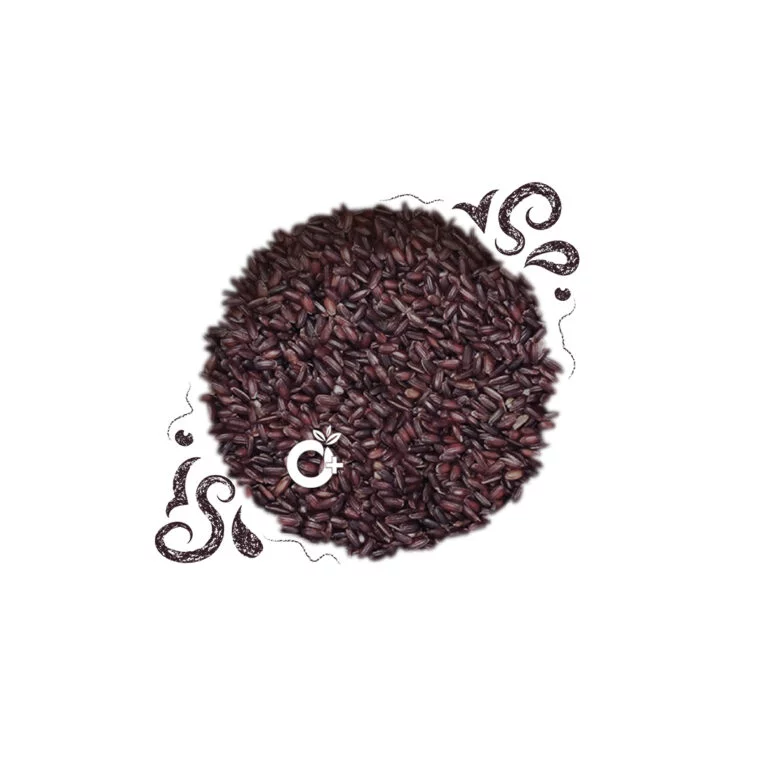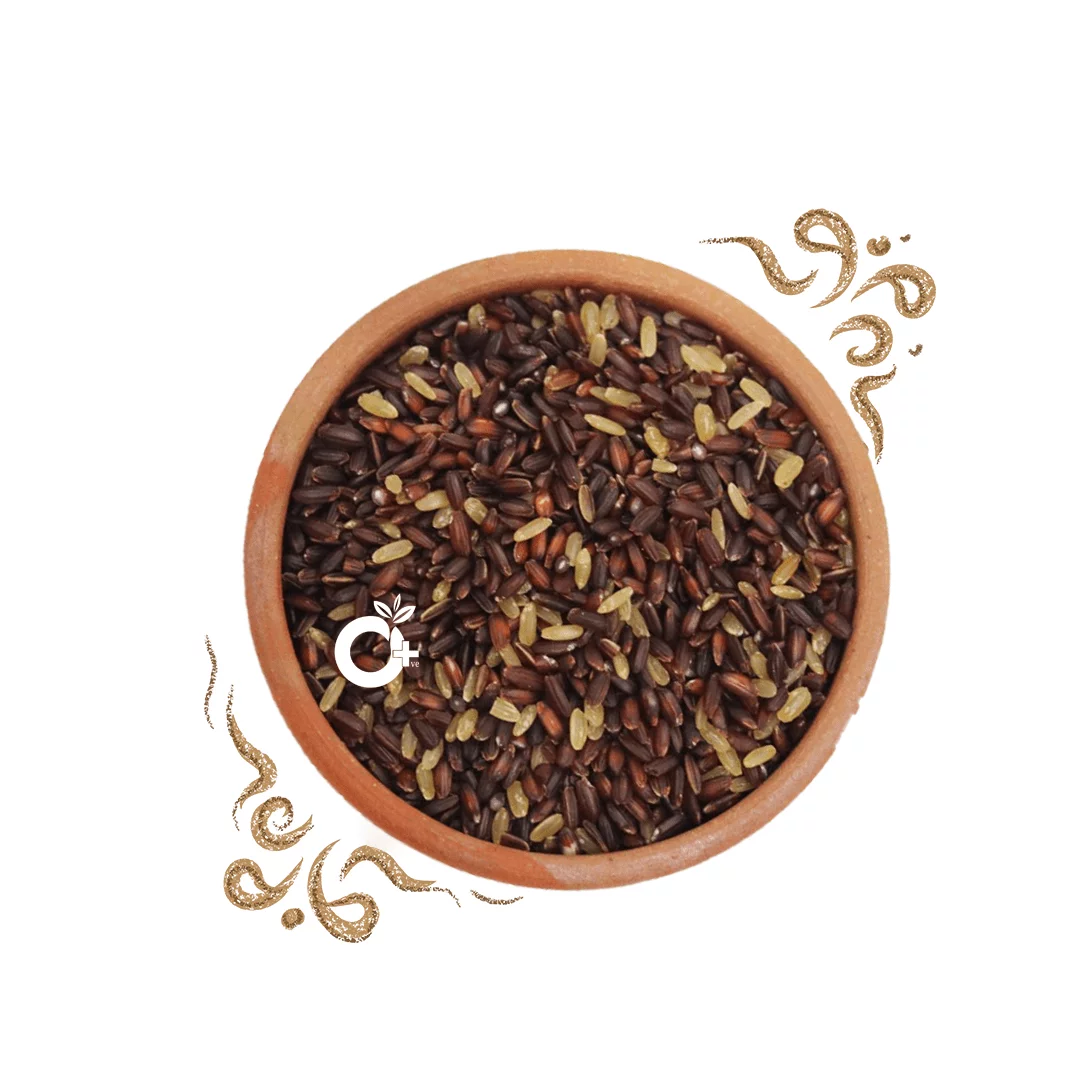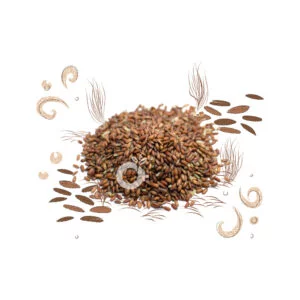Description
Mani Samba Rice (மணி சம்பா அரிசி) is a heritage rice variety native to Tamil Nadu, highly respected for its medicinal value and nourishing qualities. The word “Mani” means precious or gem-like, and “Samba” refers to the type of grain sown during the samba season (usually between August–January).
This grain is small to medium-sized, un-polished, and naturally red-tinted due to the retention of the bran layer. It is known for its:
-
Soft but chewy texture
-
Naturally earthy aroma
-
Rich fiber and iron content
-
Easy-to-digest properties when cooked correctly
Unlike polished white rice, Mani Samba is unrefined, making it perfect for health-conscious individuals and traditional South Indian households.
🕉️ Ayurvedic Perspective:
In Ayurveda, native rice varieties like Mani Samba are considered:
-
Tridosha balancing – helps pacify Vata, Pitta, and Kapha when cooked properly
-
Snigdha (nourishing) and Guru (heavy) – ideal for strength and immunity
-
Supports Ojas (vital energy) and aids recovery post illness or childbirth
-
Improves Agni (digestive fire) when soaked and cooked with herbs or ghee
Siddha texts often recommend boiled red rice (like Mani Samba) for women in postpartum care, diabetes, elderly nutrition, and chronic weakness.
🍃 Health Benefits of Mani Samba Rice:
-
Rich in Dietary Fiber:
Promotes bowel health, helps prevent constipation, and improves satiety. -
Iron & Mineral-Rich:
Naturally red rice contains iron, magnesium, and B-complex vitamins, essential for combating fatigue and anemia. -
Supports Bone Strength:
Long-term consumption is believed to strengthen bones and joints — ideal for children and elders. -
Low Glycemic Index:
Helps maintain stable blood sugar levels and is suitable for diabetics in moderation. -
Boosts Immunity:
High antioxidant value due to its bran layer supports the immune system. -
Postpartum Nutrition:
Traditionally given to new mothers as it enhances milk production and speeds up recovery.
🏛️ Historical and Cultural Significance:
-
Cultivated predominantly in Thanjavur, Villupuram, and Pudukkottai districts.
-
Mentioned in ancient Tamil agricultural poetry and temple inscriptions as a sacred rice used during navaratri and pooja offerings.
-
Regarded as “Veetu Payir” (family-grown rice), often cultivated without chemicals or hybrid seeds.
-
Traditionally hand-pounded and shared during temple feasts and village gatherings.
🍛 How to Cook Mani Samba Rice
Soaking is essential due to its semi-polished nature.
🫕 Pressure Cooker Method:
-
Wash 1 cup of rice 2–3 times.
-
Soak for 6-8 hours.
-
Use 3.5 to 4 cups of water.
-
Pressure cook for 5–6 whistles and then cook in low flame for 10-15 mins
-
Let rest before serving.
🍲 Pot-Boil Method:
-
Wash and soak the rice.
-
Add 4 cups of water per 1 cup rice.
-
Cook uncovered until soft.
-
Strain and rest before serving.
💡 Add ghee or sesame oil to enhance digestion and flavor.
✅ Ideal Uses:
-
Daily meals with sambar/rasam
-
Pongal and puliyodarai
-
Rice kanji (porridge) for babies or elders
-
Postpartum & anemia recovery diets
-
Temple food and festive offerings
- Best for diabetic patients to use as daily rice for meals







Reviews
There are no reviews yet.